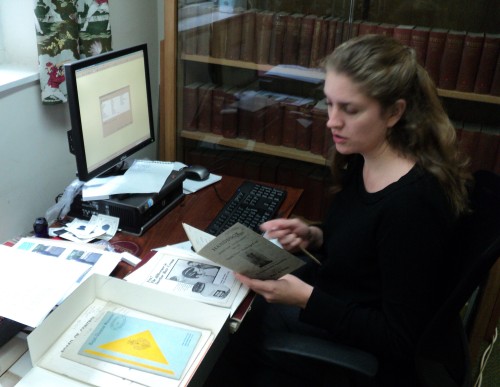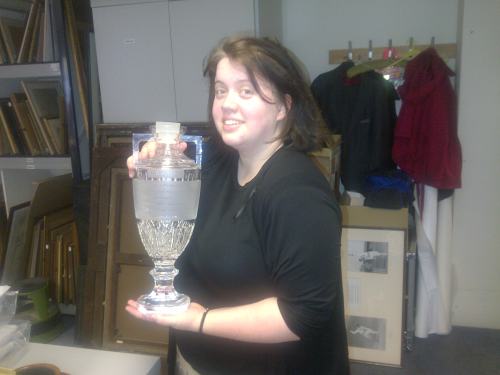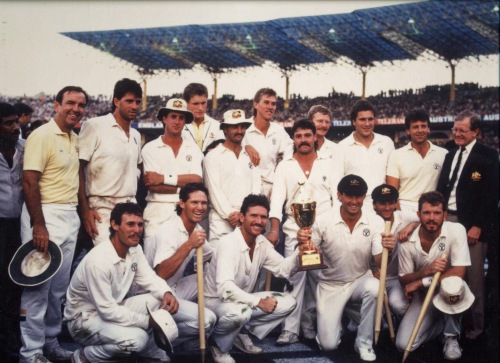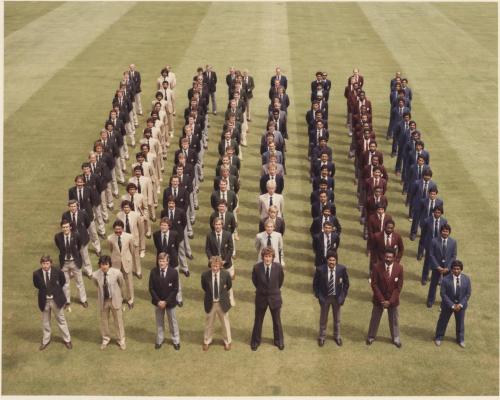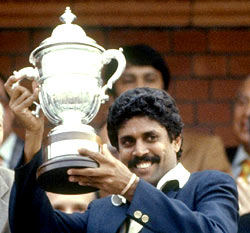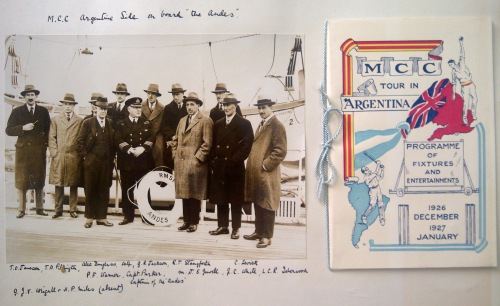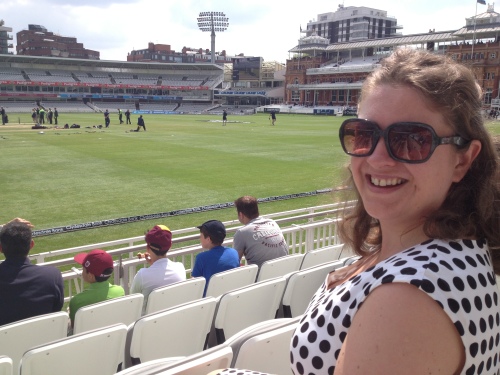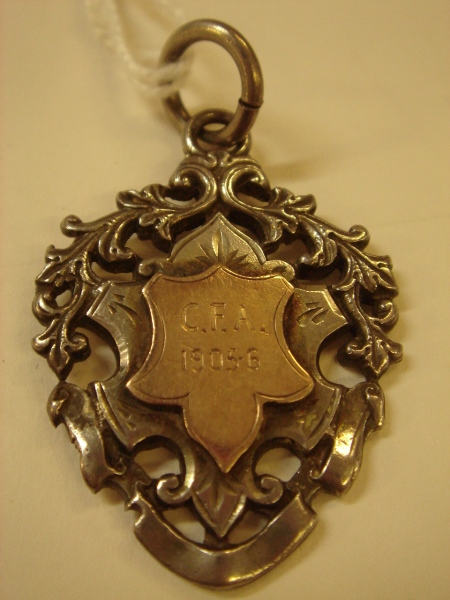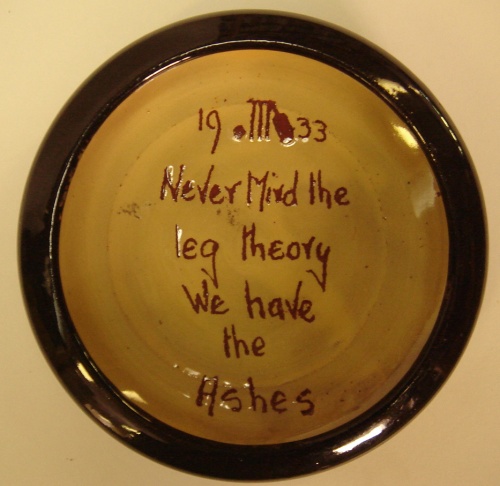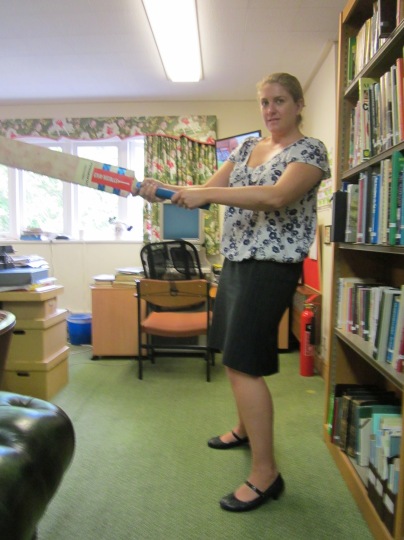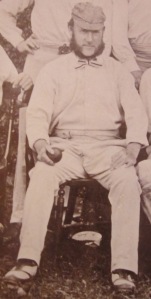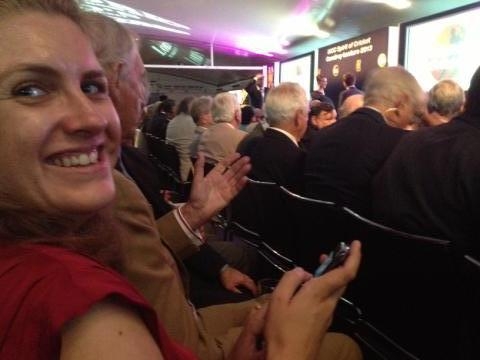Today is my last day working at Lord’s. I’m off to a new job at Southwark Council.
Working here has been an amazing experience and I thought I’d share a few highlights with you –
1. The Long Room on Match Days
Being in the long room on match days is a real pinch yourself/shivers down the spine moment, probably for everyone, but particularly for someone who is never ever going to be a member of the MCC. During most matches I find an excuse to pop across, taking some leaflets or making a vital check that the paintings are hanging straight! My favourite moment by far was seeing Strauss and Cook go out to bat on the first morning of my first test at Lord’s.
2. The collection
Less obvious perhaps – but I think my very favourite thing about being at Lord’s has been working with the collection. I’m really proud of the progress I’ve made getting it catalogued and in some kind of order and I’ve loved all the unexpected ‘gems’ I’ve found along the way.
You can see some of the results of my work, and that of the rest of the cataloguing team, on our on-line catalogue. (http://mcc.adlibhosting.com/). New entries are being added all the time.
3. Taking the Field visits.
Running Taking the Field has been fabulous all round, but I especially enjoyed getting out there and visiting some of the clubs. Particular highlights were the beautiful Wirksworth and Middleton in Derbyshire (www.takingthefield.com/clubs/wirksworth-middleton-cricket-club) and warm, friendly Ovington in York (www.takingthefield.com/clubs/ovington-cricket-club).

Ovington playing on the Knavesmire. It was hot and sunny every time I went there – convincing me that it must always be like that in York.

Wirksworth & MIddleton. They had the most vibrant youth section I saw anywhere and are based in such a beautiful part of the country.
4. People
My next highlight is all the people I’ve got to meet here. It was great bumping into past and present stars of the game on a daily basis such as Sir Ian Botham, Stuart Broad, Kevin Pietersen, Nasser Hussain, Mike Brearley – and of course meeting my all time hero Andrew Strauss. But even better was getting to know my wonderful colleagues who mean more to me than all the cricket celebrities in the world (everyone now, 1…2…3… ‘aahhhh’)

Andrew, my fellow librarian. We formed a life long bond working together for the first few months crammed into a long narrow windowless corridor full of cardboard boxes of unsorted uncatalgued annuals.

Rowan, a former archivist who knew absolutely nothing about cricket. So little that when we were once talking about where to put the model of Sachin Tendulkar she thought we were referring to the man to her right wearing the hat!
5. Lord’s in winter
There’s nothing quite like watching cricket at Lord’s on a beautiful summers day, but when you see the ground in mid-winter you feel like you’re really part of the place and are getting a proper behind the scenes view. I am sad I won’t get to experience that again this year.
So goodbye to Lord’s and goodbye to everyone following my blog.


